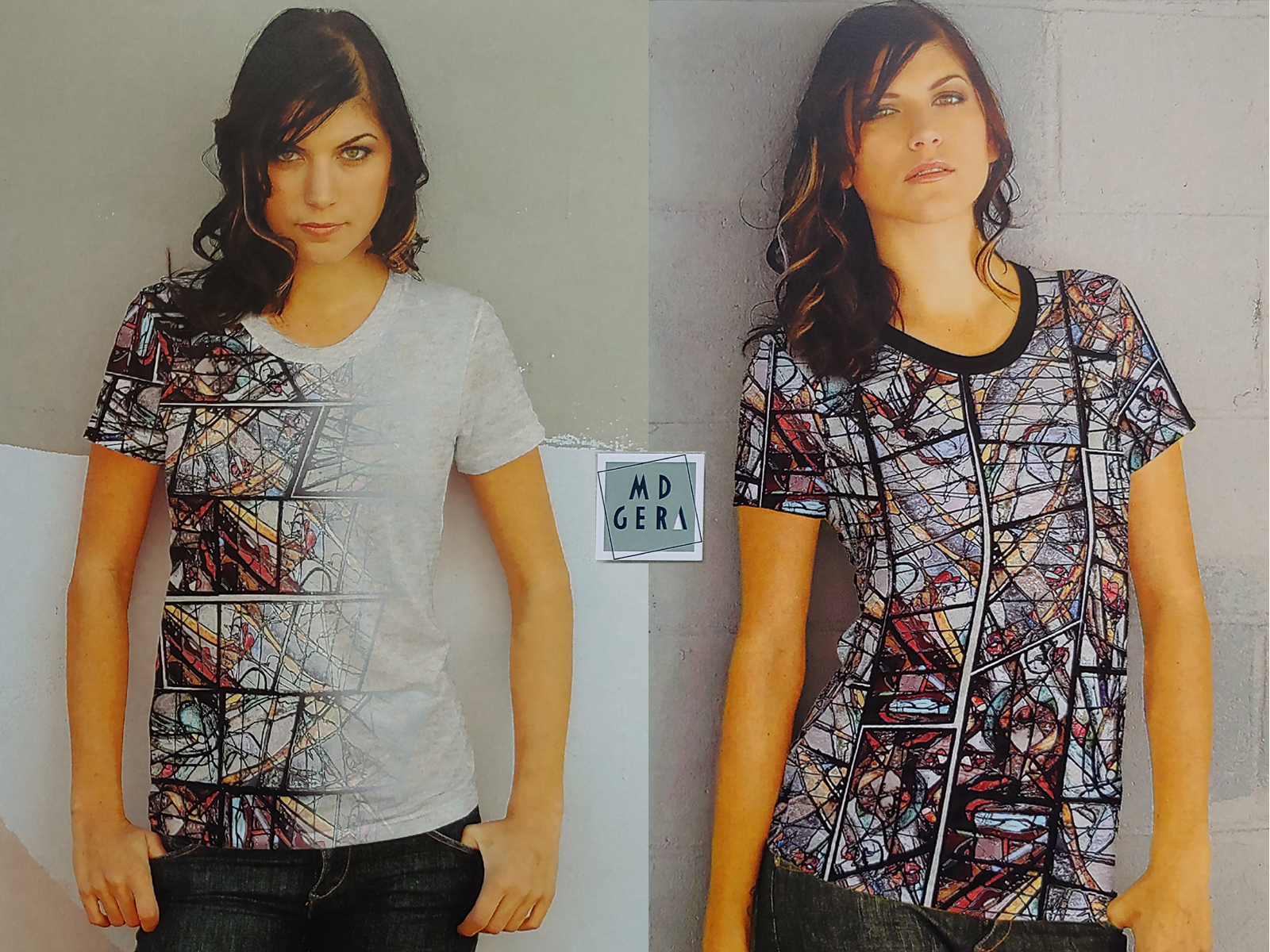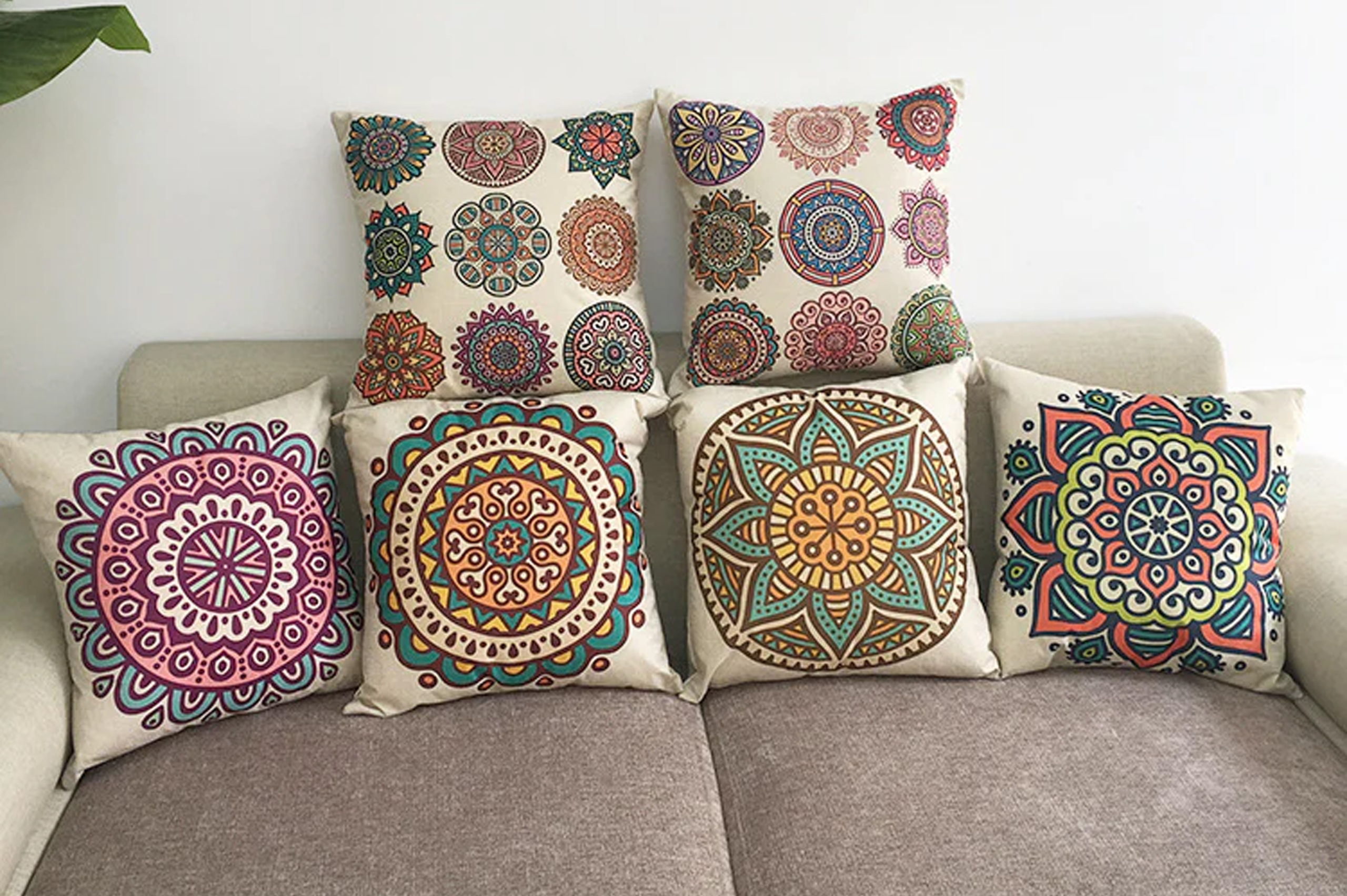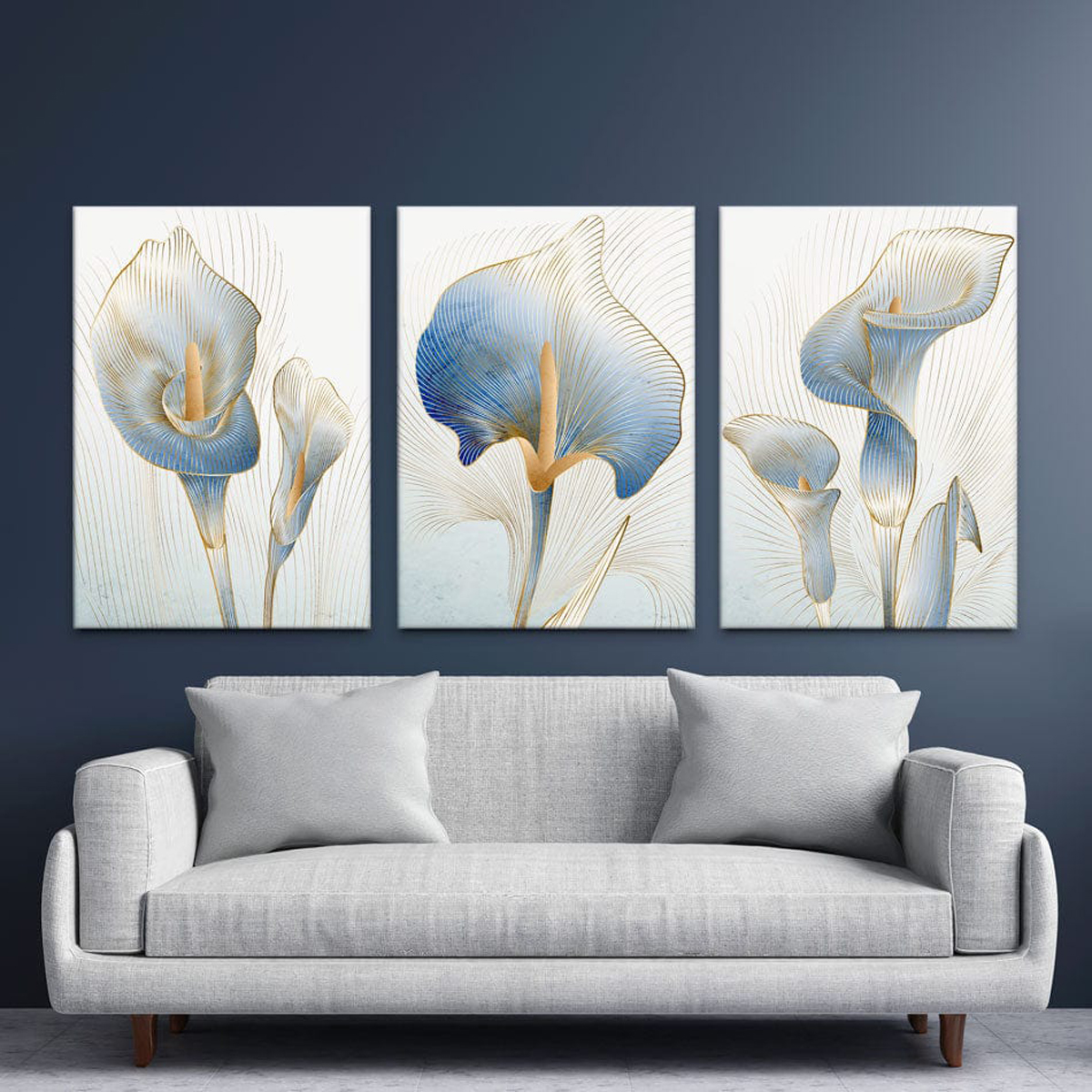This article is the first in a series on inkjet for textile printing. It is intended for companies not currently involved in textile printing other than signage. The goal is to assist companies to evaluate, optimize and grow their businesses using inkjet with a focus on roll-to-roll inkjet textile printing, choosing the best technology and equipment fitting their specific needs. It’s essential to consider the production process and its distinct but related stages getting the best results from a digital textile printer.
Inkjet textile printing offers a number of advantages over traditional printing, including speed, shorter lead times, customization options, short runs, unrestricted repeat sizes (in conventional printing the design repeat depends to the fixed circumference/size of the print screen), cost reduction and flexibility. These advantages can result in the rapid introduction of new designs that can be economically produced at shorter run lengths, with accurate printing delivered in a reduced turnaround time.
Current market conditions present new opportunities due to accelerated reshoring and the ability to produce locally in smaller, highly customized runs with exquisite designs, eliminating all that back and forth transportation around the globe.
More. Faster. Better.
Inkjet technology can help, not only to produce more variations of one design, but also to produce a better, more eco-friendly product. Sustainability and print-on-demand will be the key points for the future. The motive of digital textile printers are high-quality prints, short runs, flexibility and customization while mitigating the environmental impact.
Whether this makes sense for you and turns a profit depends on your ability to match the print quality and price expectations of your customers. Inkjet textile printing gives you the chance to make innovative, unique products that take advantage of the creativity of consumers and the maker community. You are able to manufacture in units of one and to manage a lot of design diversity.
Digitalization of the entire supply chain for design, workflow automation and production is available and highly recommended for getting maximum benefit. However, it should be noted that there is a real ‘sweet spot’ and quite a narrow path to perfection where inkjet textile printing works well. If there is anything that is slightly outside of this path, then the process mostly won’t work at all. A lack of knowledge and expertise is often the underlying cause.
For manufacturing end products, cut-and-sew operations are essential as well. Finding and hiring people with sewing skills is a continue challenge.

Is Inkjet the Right Fit?
Let us start with evaluating the top questions below, and determining whether your business is a good fit for inkjet textile printing.
First, consider your target sales market (e.g. fashion, sports, home textiles, home decoration, upholstery, etc.,) the target segment (premium, mid, budget), where you want to offer and finally, your stance regarding sustainability. The final product, as well as its positioning will set the requirements for the printed fabric regarding physical and chemical properties; think about washability, resistance against light, rubbing, tearing and so on.

This in turn implies the choice of material, woven or knitted, elastic or stable, narrow or wide, light or heavy weight fabric, fabrics with use of recycled and ecological fibres.
Based on the fabric choice with the target sales market in mind you’re looking for a suitable printer and a suitable application, this includes the printhead / ink choice.
Also, take a critical look at the existing knowledge within your company. For example, are you familiar with wet textile processing? Of course anything can be learned but don’t underestimate the time and effort to master it.
Your budget may need to include peripheral equipment in addition to the printer. If you go for a “dry” printing process, meaning no wet pre- or post-treatment required, like pigment or dye sub printing then only some dry heat fixation post-treatment is necessary and probably a calendar is already available.

In contrast, with a reactive, acid or direct disperse printing always wet processing (such as pre-treatment, steaming and washing) is necessary requiring appropriate machinery. For these wet processing machinery, you have to calculate with roughly the same budget as for the printer.
You will also need software for eventual designing processes, color measuring and data support across the several production steps. Depending on the kind of manufacturer you are and the services you (like to) offer, your approach would be different. For example, are the designs yours and you can control the specifications or are you used to work as a contract printer? Do you need to provide sampling or prototyping in addition to production? Are you a streamlined textile mill with existing infrastructure or a print shop where footprint and power supply is an issue? Do you have knowledge about textile processing or can you hire this? Depending on the initial situation, the focus is different. What is advantageous for one company may not be so for another.
This first article only scratches the surface. The continuing series will explore the various aspects of inkjet textile printing applications mentioned here in more in detail.

